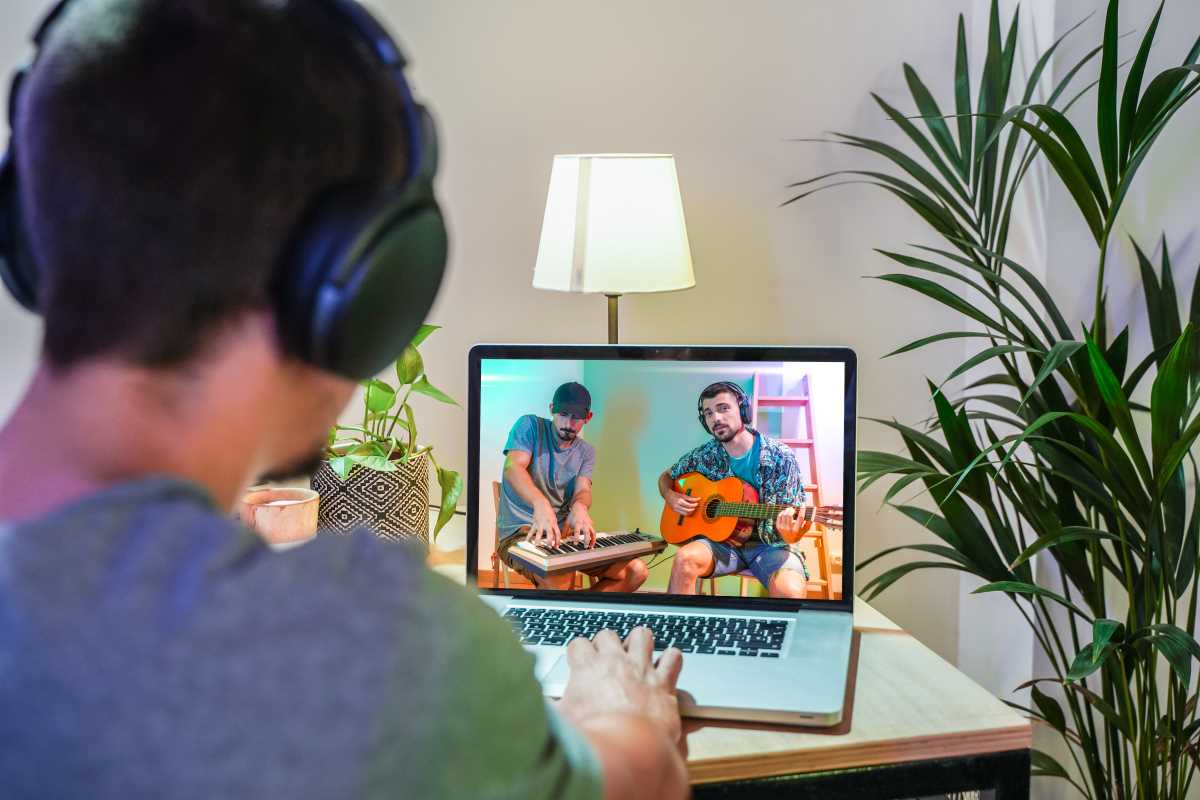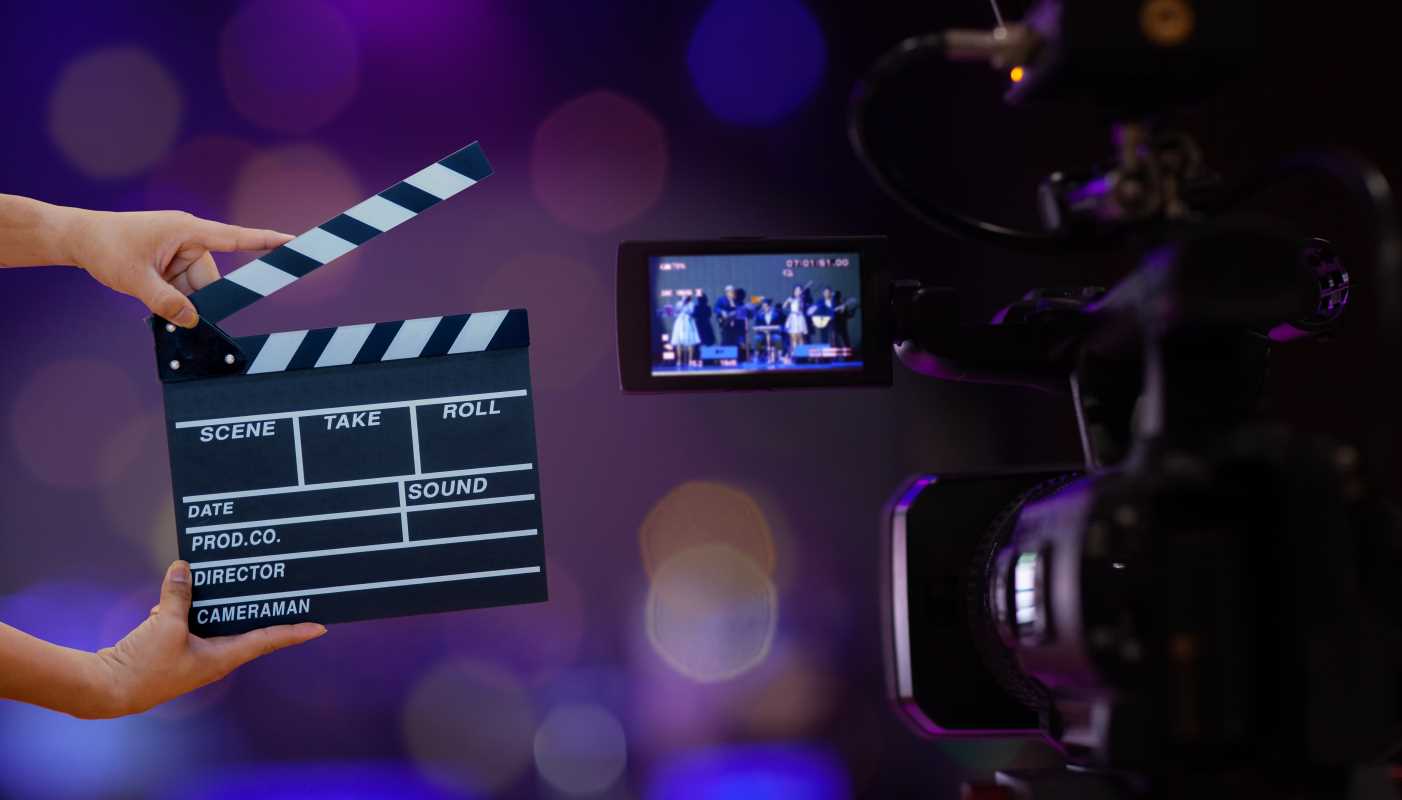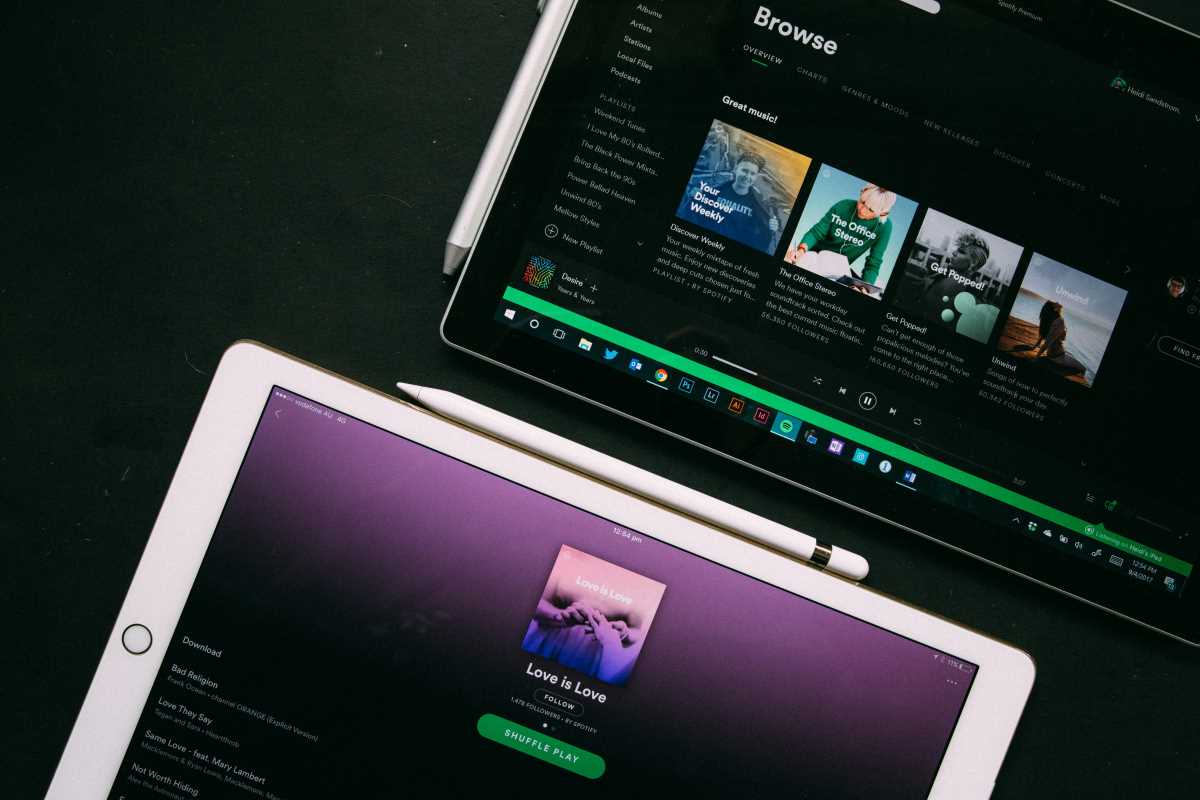Imagine watching your favorite artist perform live with stunning visuals, incredible sound, and an audience of fans from all over the globe, all without leaving your couch. That’s the game-changing concept of virtual concerts. This one-of-a-kind way to experience live music really took off in recent years, especially when global events left us stuck indoors. Whether it’s household names like Travis Scott hosting mind-blowing performances in video games or BTS breaking records with online shows, virtual concerts have brought music to our screens in ways we’ve never seen before. But what does this mean for the live music we know and love? Let's dig into how virtual concerts have grown, their impact, and what the future might look like for live music lovers.
How Virtual Concerts Took a Giant Leap
While virtual concerts had been around in some form, they didn’t enter the mainstream spotlight until the COVID-19 pandemic changed everything. With venues shutting down and tours being canceled, musicians had to get creative. Platforms like YouTube, Twitch, and Zoom became virtual stages, connecting artists and fans in entirely new ways.
A groundbreaking example of this was Travis Scott's "Astronomical" concert inside the popular video game Fortnite. This event, held over five screenings between April 23 and April 25, 2020, was unlike anything people had seen before. Fans logged into Fortnite to watch a colossal, animated Travis Scott perform in a psychedelic, cosmic setting with jaw-dropping effects. The event didn’t just feel like a concert but more like an interactive experience. The staggered screenings also allowed millions of fans globally to watch without overwhelming the servers.
BTS, the global K-pop sensation, made waves with their “Bang Bang Con The Live” concert. This online show, streamed on June 14, 2020, attracted an incredible 756,000 paid viewers from 107 regions. The concert broke a Guinness World Record for the most viewers for a music concert live stream. These moments set the stage for virtual concerts to become a huge part of the music world.
Even smaller, indie artists joined the movement, streaming intimate shows from their living rooms and forging personal connections with their fans. Suddenly, geography wasn’t a barrier anymore. If you had an internet connection, you could enjoy live performances from nearly anywhere on the planet.
What Makes Virtual Concerts a Hit?
Virtual concerts have brought some exciting advantages to artists and fans alike.
First, there’s the accessibility factor. Tickets to in-person concerts can be pricey, and not everyone lives near major cities where most events take place. Virtual concerts allow fans from all locations and walks of life to enjoy the music they love without the added travel costs.
Then there’s the creativity. Virtual concerts unlock possibilities that traditional concerts can’t match. For example, during Travis Scott’s “Astronomical” event, fans were thrown into an otherworldly experience, complete with massive visuals, players floating in low gravity, and scenes that shifted from fiery landscapes to underwater wonderlands. Similarly, BTS used their online platform to combine electrifying performances with high-quality visuals, giving fans a one-of-a-kind experience. These creative elements elevate virtual shows into something entirely unique.
For artists, virtual gigs come with benefits too. They’re often much cheaper to produce than a venue tour and offer a way to engage directly with global audiences. Some even include interactive features, like voting for songs or live chats with fans. Virtual events remove so many logistical barriers, making them a win for many musicians.
The Challenges of Going Virtual
Of course, virtual concerts aren’t a perfect substitute for the real thing.
One big hurdle is recreating the energy of a live crowd. At an in-person show, the buzzing excitement and raw connection between the artist and audience create a magical atmosphere. Whether it’s singing along at the top of your lungs or feeling the bass reverberate through your body, these experiences are impossible to duplicate online.
Technology also poses challenges. Streaming a concert requires stable internet and high-tech equipment to ensure good sound and visuals. Any lag, glitches, or poor sound quality can ruin the moment. And, unfortunately, people in areas without reliable internet access might not get to enjoy these events.
Money is another issue. While top-tier artists like BTS and Travis Scott can sell virtual tickets for millions of dollars, smaller musicians often rely on donations or lower-ticket revenues. For many, this doesn’t fully replace the income they would earn from traditional tours and merchandise sales at live events.
Comparing Virtual and Traditional Concerts
There’s nothing quite like an in-person concert. Being there with hundreds or thousands of other fans, screaming lyrics together, and soaking in the atmosphere is something virtual events just can’t replicate. The sounds, sights, and feelings of the moment make traditional concerts unforgettable.
On the flip side, virtual concerts have their own unique charm. Watching a show from the comfort of your home, with the ability to pause, replay, or chat with others online, offers a different kind of intimacy. Virtual events often bring fans from around the world together, creating a global shared experience.
Rather than one replacing the other, these two concert styles seem to complement each other, offering fans more ways to connect with their favorite artists.
What’s in Store for the Future?
The future of live music will likely blur the lines between physical and digital spaces. Hybrid concerts are already emerging, where in-person fans can attend the event while others watch online. Imagine concert halls filled with fans as holograms of remote viewers interact with the crowd.
Virtual reality (VR) also has huge potential. Platforms like Oculus Venues are making it possible for fans to “attend” concerts through VR headsets. This technology transports viewers into immersive environments, making it feel like they’re right in the front row.
Artificial intelligence (AI) might take personalization to new levels. Concerts could adapt to each viewer’s taste—with setlists based on your listening habits or visuals that match your preferences.
No matter what lies ahead, one thing remains clear: live music will continue to evolve. Whether it’s through traditional venues or groundbreaking virtual platforms, the magic of music will keep connecting people across the globe.
 (Image via
(Image via

.jpeg)



